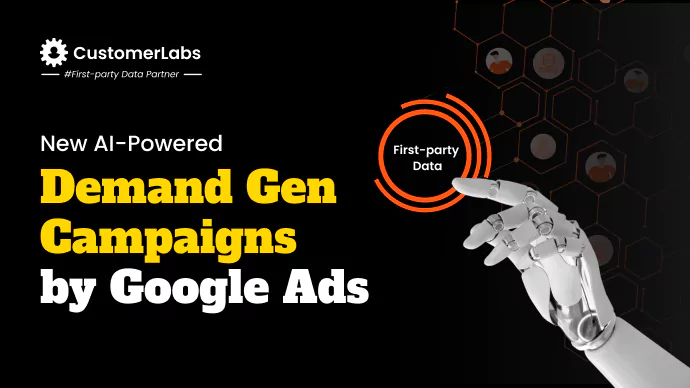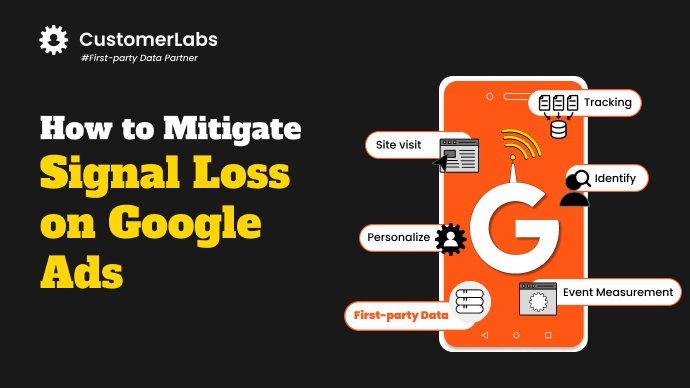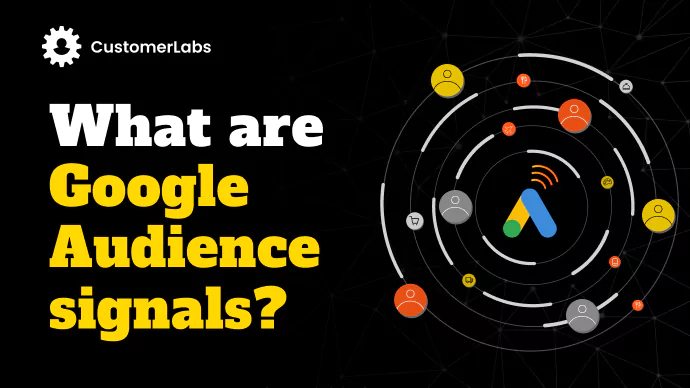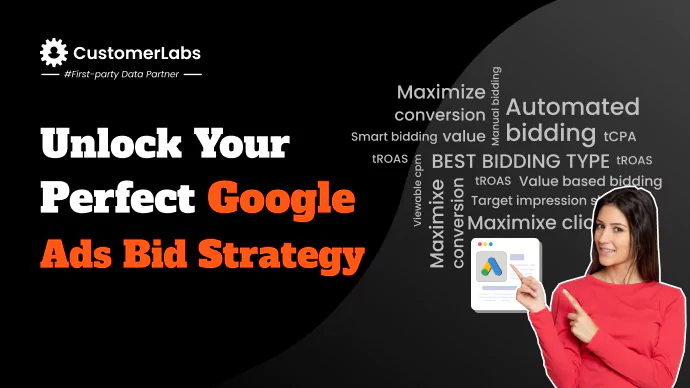
Google Ads has evolved from manual to smart automated bidding strategies from the beginning till now. Without knowing which bidding strategy to use, marketers often struggle to get the desired results. It often feels like we need a person or a guide that tells us which type of bidding strategy to use in Google Ads to achieve our goals. To clear that, here’s the blog that tells you what is the best one out of all available types of bidding strategies in Google Ads…
Before you go ahead, question yourself – Which bidding strategy do you generally go with? Do you really know completely about all the available bidding strategies? The pros & cons of it and when to use which bidding strategy?
Let us find out all the available bidding strategies in Google Ads. Then decide which one is best for you and your business.
Types of Bidding Strategies in Google Ads:
Google Ads ventured into the advertising industry with Google AdWords with Manual bidding in 2000. Google Ads entered into the 21st century with no major development at least for a decade. In 2010, it launched eCPC, the enhanced CPC bid strategy. This move is considered as a transition from completely manual bidding to a semi-automated version. Since then, Google Ads evolved rapidly. Target CPA (tCPA) bid strategy, tROAS (target ROAS) bid strategy, and maximize clicks bid strategy are the result of it. These bidding strategies in Google Ads are launched in 2013. Consequently smart bid strategies such as maximize conversions and maximize conversion value bid strategies evolved. Google Ads launched the latest bidding strategy in 2018, the Target Impression Share.
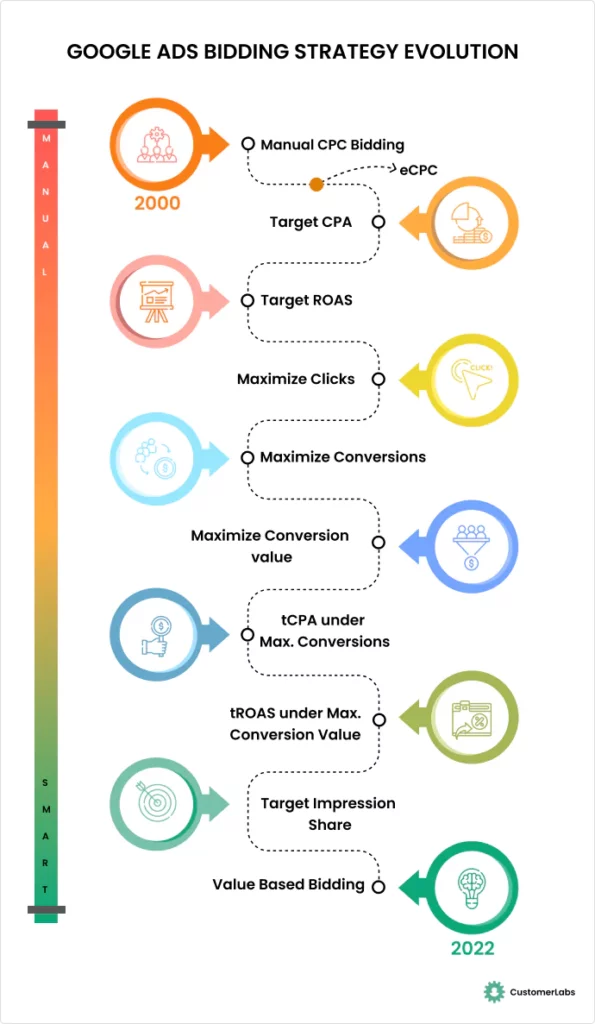
Manual Bidding Strategy
In 2000, Google AdWords launched Manual Bidding, the first bid strategy. This bidding strategy in Google Ads allows you to adjust the bid for everything. For example, you can fix the maximum cost per click for every single keyword, device type, audiences, location, among others. This gives you full control over your ad campaign.
Semi-Automatic Bid Strategy
Enhanced CPC or the eCPC bid strategy is the semi-automatic type of bid strategy. While it gives you the option to manually fix the maximum CPC, it also adjusts the bid based on real-time performance automatically. It uses auction-time signals to optimize the ad campaign performance.
Note: Starting October 2023, eCPC is no longer available. Shift it to either tROAS, Performance Max, or manual bidding. If you do not take any action, it becomes stagnant without automatic bid adjustments.
Automated Bid Strategy
There are multiple automated bid strategies. Moving further, some can be classified as smart bidding strategies. Automated bid strategies in Google Ads help you reduce your manual work of bidding. In addition to that, it also helps you maximize your ad campaign performance. However, it depends on how you tweak the ad algorithm for your benefit.
With automated bidding strategies, all you have to do is – give good ad creatives, high-quality first-party data and right audience signals. The ad algorithm will find its way to maximize your ad campaign performance.
Below are the automatic bidding strategies:
Maximize Clicks Bid Strategy
Maximize clicks is an automated bidding strategy that helps you achieve maximum clicks on your ads. It helps you improve your website traffic.
Target Impression Share
In 2018, Google Ads launched the target impression share bid strategy. This is a replacement of the old target search page location and target outranking share bid strategies. You pay for the position you bid for – Absolute top, top and anywhere on the search results.
Automated Bid Strategies for Video Ads
Target CPM Bid Strategy:After the target impression share, Google Ads has come up with a target CPM bid strategy. This type of bid strategy in Google Ads allows you to decide how much you are willing to pay for a thousand impressions for non-skippable in-stream video ads.
In addition to tCPM, you can also use viewable CPM (vCPM) and cost per view (CPV) bid strategies.
Smart Bidding Strategies
To leverage the full potential of automated bidding, Google Ads has incorporated machine learning and has come up with smart bidding strategies. The algorithm bids in realtime to drive maximum performance. Below are the four types of smart bidding strategies:
Maximize Conversions
Maximize Conversions is a smart bidding strategy that helps you optimize your ad campaign for maximum number of conversions. You can use this bid strategy to achieve maximum conversions irrespective of the cost per action. Starting July 2022, maximize conversion bid strategy has the option tCPA bid strategy under it.
Target Cost per Action (tCPA):
Under the maximize conversions bid strategy, you can choose target CPA as your bid strategy. This allows you to limit the maximum CPA that the ad campaign can achieve for your economics to work out. You can use the standalone tCPA under the portfolio bid strategy only until 2023. After that, you cannot use them anymore. You have to shift to Maximize Conversions bid strategy and use the target CPA option under it. Doing so works the same way as the earlier tCPA bid strategy in a more advanced way.
Maximize Conversion Value:
Google, in 2019 has launched a maximize conversion value bid strategy. This type of bidding strategy helps you maximize your conversion value irrespective of the number of conversions. With this bid strategy the algorithm helps you bid the right amount. Bid high for high value conversions and bid low for low value conversions.
Target Return on Ad Spend (tROAS):
The target ROAS bid strategy helps you achieve your desired return on ad spend for your maximize conversion value campaigns. Choose the target ROAS based on the historical average ROAS. Unlikely high tROAS will drive your ad campaign crazy without yielding much profitable results.
Portfolio Bid Strategy:
The portfolio bid strategy is not a particular type of bidding strategy. It is an AI-powered strategy that helps you club your multiple ad campaigns together and manage it at one place. This helps you enhance your ad campaign performance to reach the desired goal.
Picking the best type of bidding strategy in Google Ads
Now you know about all the available types of bidding strategies in Google Ads. Let us see which one is the best for your business.
The below table illustrates when to choose which kind of bidding strategy to achieve what.
Manual Bidding And Portfolio Type Of Bidding Strategies in Google Ads
| The Problem You Have / Want To Solve | Goal You Want To Achieve | Bid Strategy To Choose | Additional Information / Tips |
|---|---|---|---|
| Have full control over keywords bidding | Any goal with fully manual control | Manual Bidding | You cannot fully set up a manual bidding campaign but have to first set up a regular campaign and then shift to manual bidding. Click Here to know more about manual bidding and how to set up manual bidding |
| To manage bid strategies across multiple campaigns | You can ensure to optimize multiple campaigns at once for overall performance goals | Portfolio Bid Strategy | It is a better option to choose if you want to leverage the full potential of all your ad campaigns with a similar bid strategy. All of them work together to maximize your ad performance. |
Semi-Automated And Automated Bidding Strategies
| The Problem You Have / Want To Solve | Goal You Want To Achieve | Bid Strategy To Choose | Additional Information / Tips |
|---|---|---|---|
| Automate your manual cpc campaigns by adjusting the bids using the auction-time signals to get more conversions at lower cost per click than the max cpc. | Drive more traffic to your website through search & display ad campaigns | eCPC (enhanced Cost per Cick) | eCPC is to go soon! Google Ads announced that starting October 2023, eCPC will be converted to manual bidding. Before it does, you can upgrade it to tROAS or Performance Max |
| The Maximize clicks bid strategy will bring you as many possible clicks for the given budget by automating the bid value | Achieve maximum clicks regardless of the cost per click | Maximize Clicks | This strategy can be good if you are just starting out and not sure where to start and what to start with. This campaign gives you a better understanding of your target audience and how to set your budget. You can also choose max CPC to set a cap on cost per click. |
| Have control on where your ads appear on the search engine | Improve your ad position in the Google search results page. Control where your ad is shown and how many times in an auction. | Target Impression Share (TIS) | You can use absolute top, top and anywhere on the search page based on your budget, bid, and ad quality. Set max bid limit by using portfolio bid strategy for the TIS. Limit your TIS ads on certain devices by adjusting the value to -100% |
Type Of Bidding Strategy In Google Ads For Video And Display Campaigns
| The Problem You Have / Want To Solve | Goal You Want To Achieve | Bid Strategy To Choose | Additional Information / Tips |
|---|---|---|---|
| For display campaigns get more impressions at a desired cost | You spend a fixed cost for every thousand impressions. | Target CPM | This strategy can be used for display campaigns |
| Instead of just any impression, if you want people to view your video | Show more than 50% of your ad on the screen to your audience when Google Ads charges you. | vCPM (Viewable cost per thousand impressions) | To ensure that your ads are viewed by people whom you want to show across display network and youtube. Pay only when your ad is counted viewable by the active view technology in Google Ads. |
| Control the cost per view for YouTube Ads | Limit the maximum cost per view for your YouTube Ads | Target CPV | A view is counted as per a certain guidelines on YouTube Ads |
Smart Bidding (Quantity):
| The Problem You Have / Want To Solve | Goal You Want To Achieve | Bid Strategy To Choose | Additional Information / Tips |
|---|---|---|---|
| Automatically customize the bid value to get more conversions at an optimal value using machine learning algorithms | Achieve more conversions irrespective of their value | Maximize Conversions | When there is no ROI target and you want to spend your ad budget, this is the best go-to strategy If you shift to Maximize Conversions from a different bid strategy, your earlier bid adjustments will not be considered. |
| You want to get more conversions but at a desired cost | Get maximum conversions at a set target cost per action Spend your full budget but not overspend for a single action. | tCPA (Target Cost Per Action) | You have limitations on the return on investment; it is a better bid strategy to choose. tCPA to be less than the historical average CPA. Go with portfolio bid strategy tCPA to unleash special options such as setting up maximum and minimum bid limits. |
Smart Bidding (Quality):
| The Problem You Have / Want To Solve | Goal You Want To Achieve | Bid Strategy To Choose | Additional Information / Tips |
|---|---|---|---|
| You want to get more value for every conversion that happens | Get maximum value for each conversion irrespective of the budget. | Maximize Conversion Value | Use this bid strategy when you do not have a specific return on investment target and you want to spend your ad budget. Bid high for high value conversions and bid low for low value conversions when you use value-based bidding |
| Drive more ROAS Achieve the desired ROAS while having the maximum value per conversion | Get a visible metric as to understand if the ads are performing at a profitable rate or not. | tROAS (Target Return on Ad Spend) | Target ROAS bid strategy is the right fit if you want to get the maximum conversion value with a capped ROAS. |
| Optimize only for high-value conversion actions and not every action | Bid only that amount which a certain conversion action is worth | Value Based Bidding Strategy | You can bid high for high-value conversions and low for low-value conversions. To know more, read this blog on value-based bidding. |

Conclusion:
Google Ads offers various bid strategies that help you achieve various goals. You have to choose the right bidding strategy to get the desired results. For example, if you choose Maximize Conversions bidding strategy, you cannot expect to get maximum conversion value.
To choose the right type of bid strategy in Google Ads, you have to be clear about your business goals and what you want to achieve. Based on that, set your bid strategy and kick your Google Ads campaign into action.
If you’re not sure which bid strategy works and which one to choose, to start with, you can go for maximize clicks bid strategy. This helps you find what is working best for you. Then based on the data and results from that campaign, derive analysis. After you analyze, opt for the best bid strategy with the right budget.

